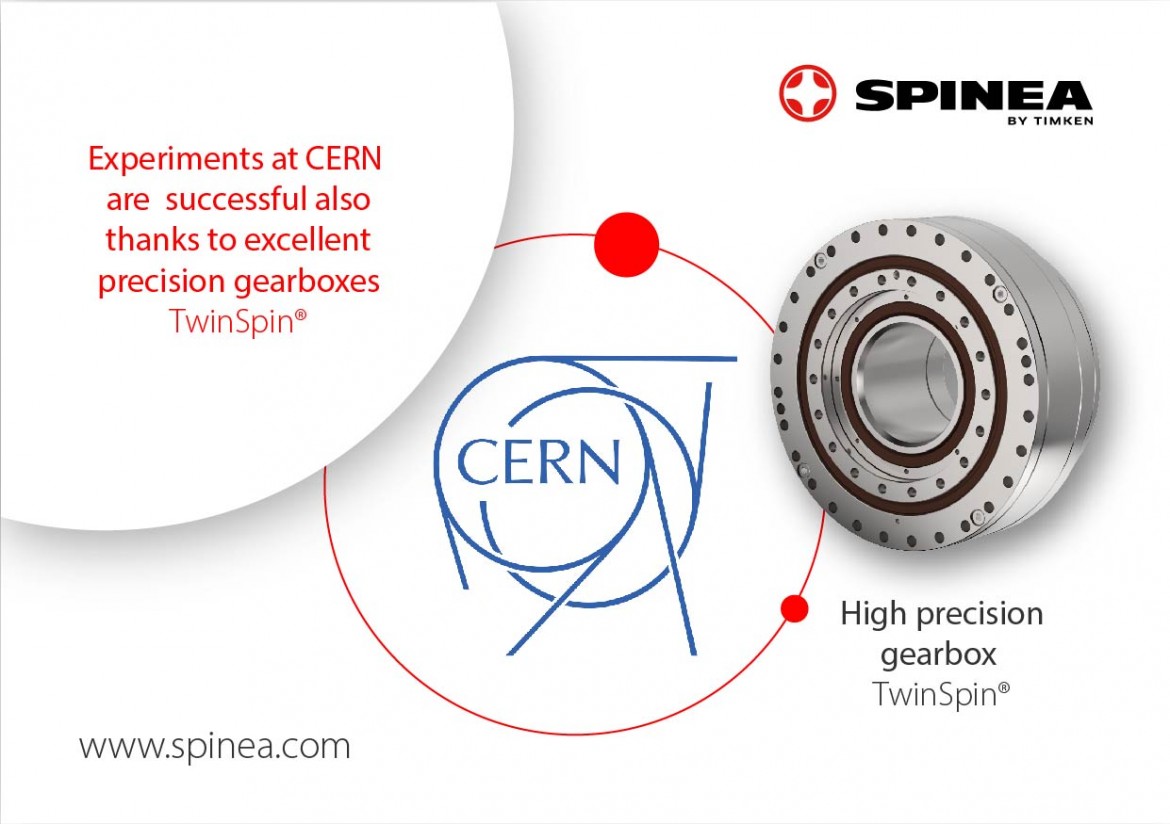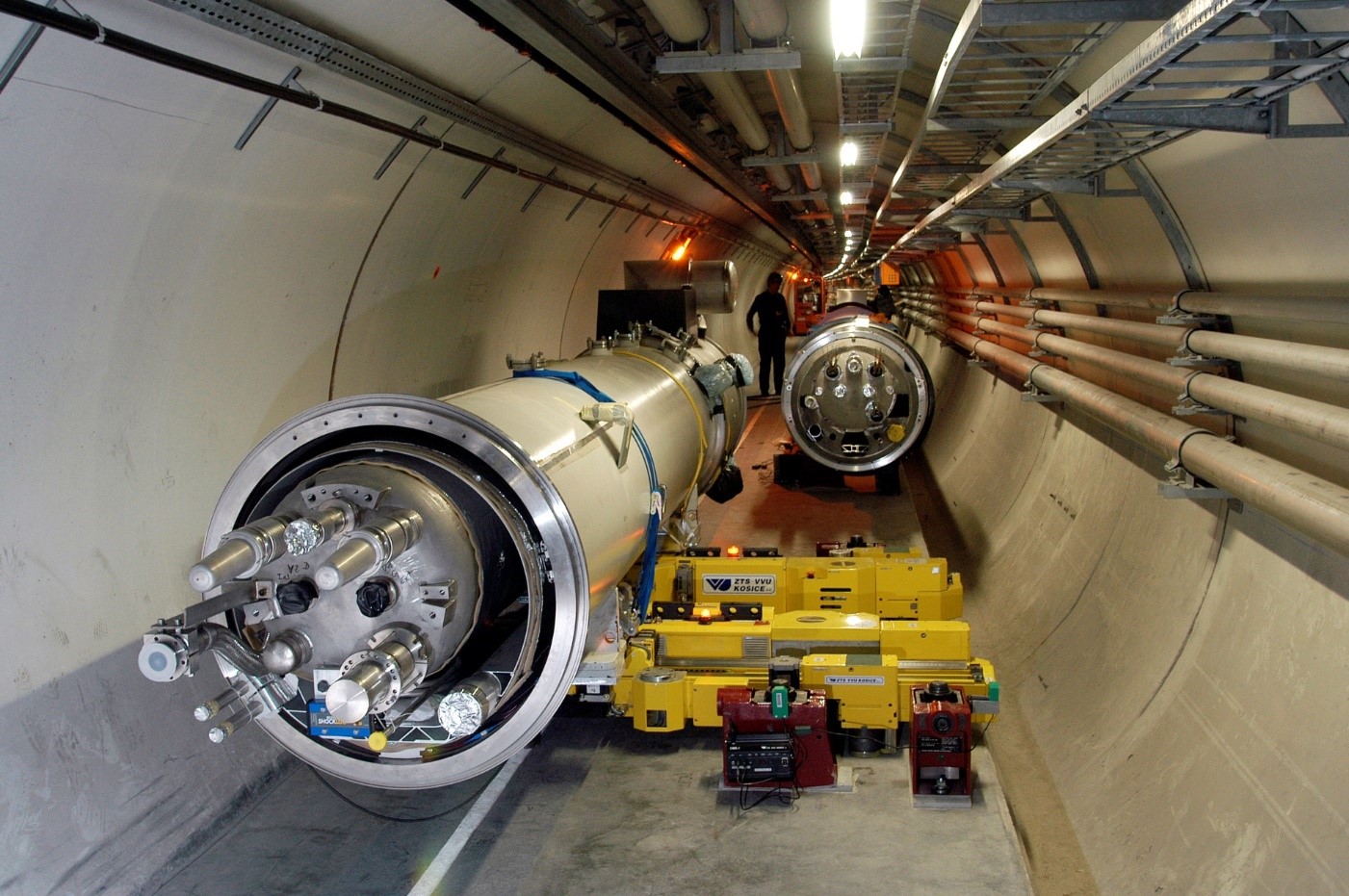
Top scientists from European Union at CERN are looking for answers to these fundamental questions, using the world's largest particle accelerator. It's the 27-kilometre-long (in circumference) Large Hadron Collider (LHC) - which puts protons in motion and accelerates them to nearly the speed of light. It is located in a ring tunnel 100 metres underground beneath the Swiss-French border.
Inside the accelerator, two high-energy proton beams travel in an ultra-high vacuum until they reach speed close to the speed of light. The beams move in opposite directions and are guided around the accelerator ring by a strong magnetic field. When the necessary kinetic energy is reached, the beams are redirected into a common path, causing them to collide
Protons beams are collimated to diameter 1mm. Before the collision, the proton beams are compressed to a diameter of just 16 micrometers. The experiment is more successful the more particles collide. This depends on the precision of the beams pointing at each other. Therefore, engineers had to find a way of positioning the beams precisely. The solution exploits SPINEA gears, which are used in collider for positioning of quadrupole magnets. These magnets induce approaching of the particle beams until they make collision.
The 27-kilometre LHC pipe was built from about 1800 parts (dipole magnets), each with length of 15m and weight about 34 tons. The engineers who built Collider faced the problem how to assemble the parts together in tunnel with extremely limited space without the help of lifting equipment as cranes or something similar. In addition, parts had to be placed into final position with high accuracy (with position tolerance 0,2mm).
To connect them together, special precision transfer equipment (manipulators) was designed.
This transfer equipment was based on SPINEA reduction gears due to their high load capacity, compact design, small dimensions and high precision. You can see them in the picture above. It is the device (yellow colour) on the floor.


 SK
SK DE
DE IT
IT RU
RU CN
CN




































